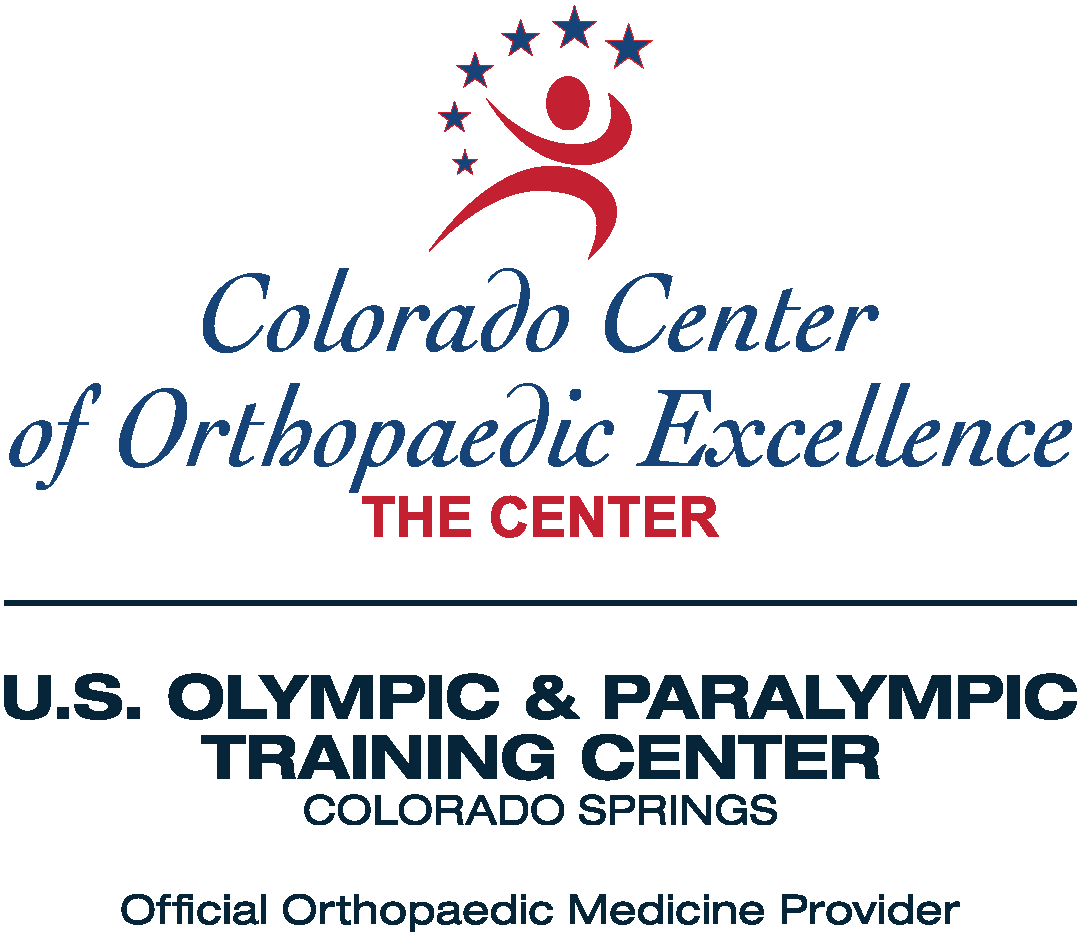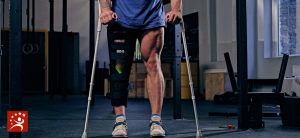Do you experience chronic hip stiffness or hip pain while resting or performing basic activities like tying your shoes or walking? If hip pain has been disrupting your lifestyle, you may be a candidate for total hip replacement. The hip’s ball and socket construction form one of your body’s biggest and most significant joints. But when disease, damage, or wear and tear inhibit the joint’s efficient operation, even simple functions become painful and difficult.
Total hip replacements relieve pain and increase hip mobility when conservative treatments such as walking aids, physical therapy, and pain medications don’t provide relief.
Defining a successful hip replacement
Although most hip replacement patients are over 50 years of age, successful replacement surgeries occur in patients of all ages and body types, and nearly half a million hip surgeries are performed each year. With decades of technological advancements, hip surgeries have earned their reputation as one of the most successful of all surgeries.
But it’s important to recognize that hip replacement prosthetics, while high-quality and reliable, have their limits. Prosthetics will not support high-impact activities such as running, jumping, and high-intensity sports. Such actions can loosen the replacement joint, creating increased pain and mobility loss from the joint deterioration. Total hip replacements support low-impact activities such as swimming, dancing, biking, hiking, and golf.
Planning for Hip Replacement Surgery
Total hip replacement decisions begin with a thorough patient consultation. Your orthopedic doctor will evaluate the intensity and duration of your hip pain and examine your hip mobility, alignment, and strength. MRIs and x-ray imagery will be used to identify the extent of joint damage.
If a total hip replacement is the best option for you, a complete physical is then conducted to help you and your doctor assess your overall health. Part of determining that a total hip replacement is right for you is ensuring that your overall health supports the surgery as well as the recovery. This assessment may identify factors, such as excess weight, that can be addressed before the procedure, which will also support post-procedure recovery.
Preparing for Surgery
A good recovery begins with good preparation. Your home environment, support network, and daily activities all require advanced planning. Although rehab will begin shortly after surgery, your mobility will be limited. You will need help with basic functions such as bathing, cooking, and daily movements within the house for several weeks. It’s important to think through daily activities and prep your home for a single-floor living plan that provides the necessary support for bathing, bathroom, sitting, and prescribed activities.
By planning ahead, you can also stock up on needed resources to limit the need for out-of-home visits and unnecessary challenges.
Total Hip Replacement Surgery
Total hip replacement involves removing damaged hip tissue, preparing the area as needed, and inserting the necessary metal, ceramic and plastic prosthetics to restore alignment. The procedure typically lasts between 60 and 120 minutes under general anesthesia and is followed by several hours of post-anesthesia care. Depending on patient circumstances, the surgery is followed by a same-day hospital discharge or preplanned admittance for recovery.
What Does Recovery Look Like?
Strong surgeon-patient alignment creates the most successful outcome. Your physician will provide a carefully outlined plan to guide your recovery. It’s critical to follow each phase of the surgeon’s recovery instructions. Your plan will guide progressive steps from the initial days post-surgery to the resumption of light activity three to six weeks later.
Hip replacement patients can expect some numbness and stiffness immediately following the procedure. These common sensations decline with time and use. Motion and strength exercises will help you move from standing and limited in-home walking to more advanced movements such as stairs and out-of-home activity. Pain medicine to support recovery generally includes a mix of narcotics, anti-inflammatory, and NSAIDs under the supervision of your physician.
Properly cared for, hip replacements can provide long-term relief and restored mobility for an active, low-impact lifestyle.
Dr. Byron J. Ellis, Dr. Michael Schuck, and the CCOE team can help you determine if total hip replacement is right for you and guide you through each step of your recovery journey. Contact us today to learn if total hip replacement surgery is the right option for your chronic hip pain.








